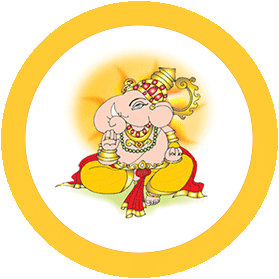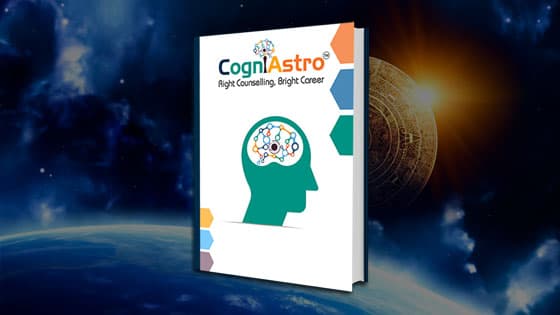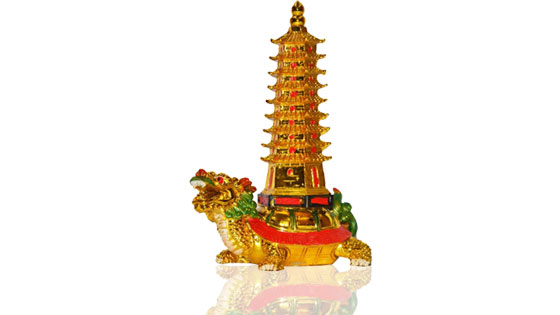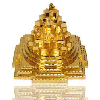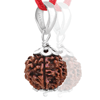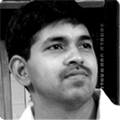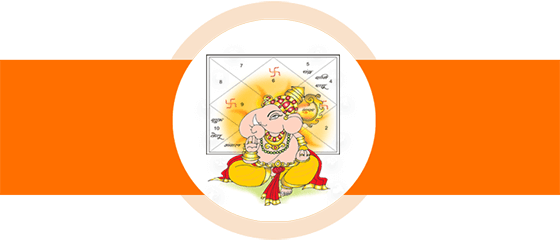Deep Breathing

Recently, much attention has been directed by the medical profession to educating the public on the necessity of deep and proper breathing as an absolute sine qua non of health. As a consequence, many so-called breathing exercises have been suggested by various authorities, and some of these have even come to be introduced in the daily hygienic routine of a man. It can hardly be gainsaid that breathing forms the most vital process of life-activity. This action keep sup till the time of death and in the meantime, the blood is being purified and aerated through the lungs. All the organs of the body work in rhythm as long as they are kept supplied with pure blood from the heart; but when this is stopped or vitiated their action also stops or becomes dull or deadened. It is, therefore, recognized that the biologic and psychic activities of a being depend mostly upon the supply of oxygen. Any lack of oxygen reduces the quantum of prana and thus affects cilia through cerebral hypoxia.
Apart from its healthful effects on the whole system, deep breathing is a great preventive against a number of diseases. It is admitted by Fisher, Fisk and other leading physicians that 'A hundred deep breaths a day' is a physician's recipe for avoiding tuberculosis. A Russian author, who suffered from a nervous breakdown, found - after trying many other aids to health without success - that a retired life for several months in the mountains in which simple deep breathing exercises practiced systematically every day formed the central theme, effected a permanent cure.
Besides outdoor living and sleeping, deep breathing - the precise scientific technique being yoga breathing - was strongly recommended by the ancient yogins, as it is now done by the modern medical authorities not only for hygienic reasons but also for therapeutic purposes. The cure for many respiratory diseases - especially tuberculosis - through pranayama was recognized long ago by the ancient yogins. Dr. Millet, a Brockton physician, has during the past few years begun to prescribe outdoor living, rest and deep breathing to his patients who were suffering from tuberculosis. The results obtained, as may be expected, were very satisfactory. Deep breathing in the sense of forced inhalation and exhalation by conscious efforts has now the general approval of almost all the leading practitioners of the various systems of medicine.
(a) Air Hunger: Of course, the freedom of the lungs from disease more than most organs depends on the maintenance of a high standard of bodily health. Proper and symmetrical development of the body also implies a strongly developed set of respiratory organs. In the course of one of his lectures, Neimeyer emphasized that, "contrary to the general opinion that eating and drinking are the principal functions of life, hygiene maintains that air, or the 'vital air' as the discoverer of oxygen calls it, is the real pabulum vilae (Hippocrates)."He further observes that "Whereas, under natural conditions, the 'swallowing' of this nourishment is an automatic performance with the wild tribes, the civilized man, working on the tread-mill of daily toil in a confined space, runs the risk of forgetting to take breath, gets chronically 'air hungry and becomes affected with consumption.
"Hygiene considers the practice of the art of breathing - i.e. breathing with a purpose, methodically - as the primary step because it enhances the appetite for air. The first desideratum is that, just as we provide several meals daily for our stomach, we should also provide our lungs with the rations they require - viz., air, by practicing full breathing, an art which we must learn from the new-born child.
(B) Defective Breathing: In one of the old works in Sanskrit, it is asked: "What is Life ?", and the reply is that "Life is the interval between one breath and another - lie who only breathes half, only lives half; but he who has mastered the art of breathing has control over every function of his being.'' It was evident to the ancient yogins that all life exists only from breath to breath, and that the cessation of the respiratory activities signifies death. They, therefore, recommended the practice of yoga breathing for the reason that the being that neglects to breathe properly reduces his tenure upon life to but a slender thread.
Unfortunately, the civilized man has contracted the most reprehensible habit of breathing upwards to such an extent as to actually sterilize the upper part of the lungs. In fact, about one-third of the lung capacity always remains unused by the average person. This third is cither the upper or the lower portion of the lungs where the oxygen never reaches. Right here is where so many breathe wrongly - they continue to take deep inhalations now and then, but forget or neglect the absolutely necessary forced exhalations. Gangrene - which is nothing short of the rotting of an extremity - is chiefly due to defective breathing. So also is the degeneration of the extremities and even of the internal organs, especially the failure of the end organs to record sensation or response, in the aged, largely due to the fact that, as the years pass by, the blood has less and less oxygen to send to these parts. Nervous instability, numbness of the fingertips, craving for stimulants and drugs, headaches, sleeplessness and similar ailments are many times due to the effects of wrong breathing-habits.
The other conditions which cause incomplete respiration are the filthy habit of snoring and mouth-breathing. These in themselves are highly dangerous, besides their evil effects upon the normal functions of respiration. None has ever gainsaid it, yet to the mass of mankind it means no more than if one were to write omicron mu !And still to the neglect of this primal function of breathing; the world pays - at the lowest estimate - an annual tribute of a quarter million lives ; all sacrificed to preventable disease. Undoubtedly, one can live longer and live better by learning how to breathe properly; and the knowhow of this secret is in itself a science and art of life. In Yoga, Pranayama is this secret.
Most people, nevertheless, fail to develop chest capacity to its fullest extent even through systematic exercises, because the powerful pushing muscle of the human bellows is not well trained or developed. This muscle is the diaphragm; yet the vast majorities of human race live and die in absolute ignorance of the fact that there is such an organ as the diaphragm. Probably, a very small proportion of even the educated masses are aware of the existence of such a structure, but that is the limit of their information in regard to one of the most important respiratory organs of the human body.
Astrological services for accurate answers and better feature
Astrological remedies to get rid of your problems
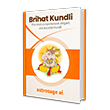
AstroSage on MobileAll Mobile Apps
AstroSage TVSubscribe
- Horoscope 2026
- राशिफल 2026
- Calendar 2026
- Holidays 2026
- Shubh Muhurat 2026
- Saturn Transit 2026
- Ketu Transit 2026
- Jupiter Transit In Cancer
- Education Horoscope 2026
- Rahu Transit 2026
- ராசி பலன் 2026
- राशि भविष्य 2026
- રાશિફળ 2026
- রাশিফল 2026 (Rashifol 2026)
- ರಾಶಿಭವಿಷ್ಯ 2026
- రాశిఫలాలు 2026
- രാശിഫലം 2026
- Astrology 2026








